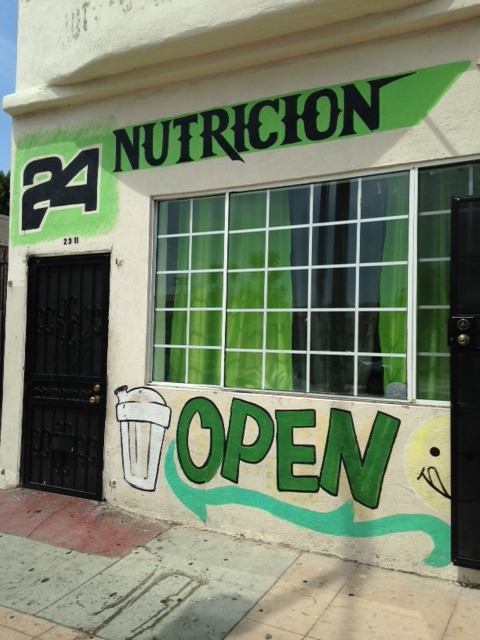Angel Perez never planned to join the family business of selling Herbalife health products. But as a restaurant manager, she soon grew tired of the long hours keeping her away from family.
Perez began cultivating a client base four years ago and now makes between $3,000 and $4,000 a month running a Herbalife nutrition club in Inglewood.
The career switch provided Perez a “decent, honest living” on a flexible work schedule. And it put to use her 2008 business degree from California State University at Dominguez Hills.
“If you’re going to make a living off of it, you have to take it seriously,” she said of selling Herbalife products. “You have to treat it like a business.”
Perez is among 3.7 million people in 90 countries who sell Herbalife’s shakes, teas and supplements. According to hedge fund manager Bill Ackman, these vendors are pawns enabling a pyramid scheme that scams the poor while generating income for the company’s top players. Vendors need to buy the pricey products in bulk yet aren’t necessarily able to sell all of them, Ackman has argued.
However, about 10 people I spoke with recently said they are happy with the money they make, although most don’t plan to get rich.
Some make as little as $80 a day, which comes out to roughly $1,600 a month. Others have leapt into the “President’s Club” tier, considered the top one percent of sellers. One such vendor declined to share his income, but said he has cultivated a Facebook following of 16,000 people who buy from him or his “downline” distributors.
Many insisted that the Herbalife profits are commensurate with the hours of effort given to sales.
“You don’t work, you don’t get paid,” said Delmy Ruiz, a Herbalife vendor whose son ditched his own business efforts because his “heart wasn’t in it.”
To climb up the Herbalife income scale, vendors ultimately must recruit other distributors. Ackman has argued that Herbalife’s profits will soon flatten out just for this reason — because its model is based on recruiting new distributors to pay existing distributors. As the market gets saturated, new distributors will be hard to come by.
That could be happening already in certain neighborhoods, such as the Latino immigrant enclaves of Los Angeles. In Boyle Heights, I counted at least half a dozen Herbalife clubs within a six-mile radius. Hardly any of the vendors I interviewed in this neighborhood were able to recruit distributors.
Herbalife “clubs,” often decorated in the company’s signature green colors, have provided popular business models for vendors. Outfitted with “before and after” weight loss photos alongside posters emblazoned with inspirational quotes from Herbalife founder Mark Hughes, the venues allow consumers share a social experience focused on health — and centered on Herbalife.
Here, consumers learn that they can get discounts if they begin selling. Become a distributor, and, even if you just buy products for yourself, you’ll get 10 percent off. Sell a great deal of products, and you can move up to 25 percent off. Recruit other sellers, and the discounts keep stacking up.
Can Herbalife survive without new recruits? Perhaps for now, but not in the long-term. However, based on its model of incentives, Herbalife should have nothing to worry about as long as people are still willing to buy weight-loss shakes flavored like cookies and cream.


Leave a Reply
You must be logged in to post a comment.